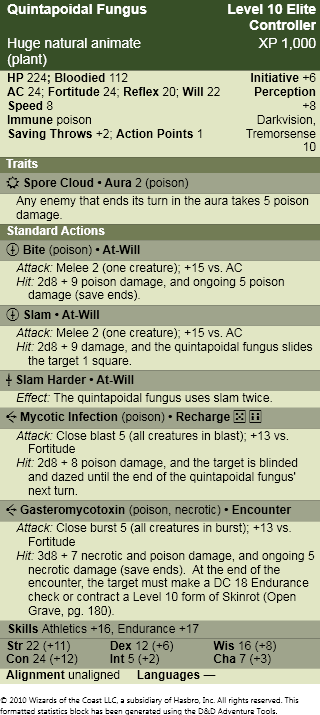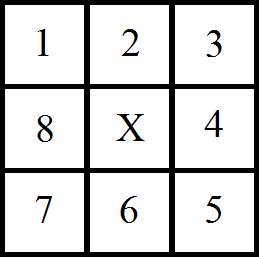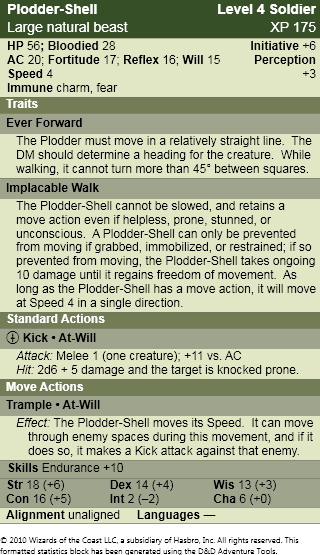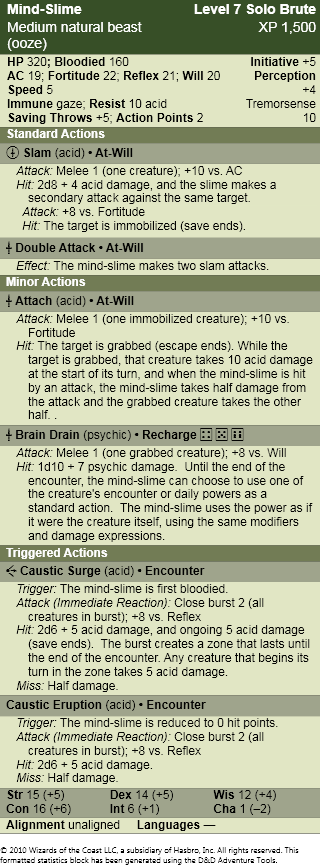The group — David Hood, Father Seward, Jake, Jeb, Ruby O'Flahertie, and Rufina — are all gathered in the penthouse, discussing things. Jake takes his leave to go for a stroll — he goes to a bookstore to purchase a $300 copy of Hoyle's Book of Games — while the others eventually get dinner. Jake returns during this time, and after dinner, Father Seward and Jake have an interesting conversation about Jake's magic. Specifically, Jake gambles with demons every time he casts a spell, and that Hoyle hid magical formulae in his book of card games.
Eventually, there is a noise, perhaps a faint rapping or scuttling, on the side of the building. Despite thorough checking, nobody can find anything. Jake and Seward are summoned, and the group convenes in David's room. David decided to go to sleep early, and so misses most of the conversation. Nevertheless, the group can find nothing untoward other than the fact that the streets are strangely deserted, and a storm appears to be approaching. Just to be on the safe side, Rufina awakens David. As his eyes adjust to the gloom, he spots a large, batlike shape outside the window. At his scream, Jeb opens fire on...a dressing screen.
After the excitement dies down and David manages to calm the management at the hotel, Jeb and Rufina go to sleep. David, Father Seward, Jake, and Ruby stay up playing cards until they finally sleep around midnight.
The next morning, everyone gathers in David's penthouse. Jeb is missing, as he apparently took an early morning stroll looking for grain alcohol, although he returns shortly. During breakfast, it becomes apparent that Jake, Jeb, and Ruby did not sleep well. Jeb will not discuss his dream, although Jake indicates that he saw the man with purple gloves — the same man who took Seward's daughter. He says the man with purple gloves is none other than Cornelius Cobb, the man who taught him sorcery, and his vision involved someone coming to kill the sorcerer (although, obviously, he failed).
Quite frankly, this confirmed Seward's suspicions.
Ruby explains that her dream involved a man with a severe gut wound — he kept working to keep his intestines in his abdomen — digging a hole. It appeared that he had his children bound alive, and planned on throwing them into the hole. He believed they were possessed, and rambled about this preventing them from taking his soul.
After breakfast, David decides he needs a tailor, and he talks to the staff. A flamboyant tailor arrives and makes him a suit; Ruby and Jake also end up getting fine clothing from this man before he leaves.
This whole affair puts the time to about three in the afternoon, and so the group decides to go to David Hood's mother's house. The trip is uneventful, and they find themselves at a rather large townhouse. David indicates that he has never been here before.
The group enters and immediately begins investigating. There are books everywhere, and tables hold many papers in a state of disarray. These papers are in no particular order, cover a myriad of subjects, and are written by two different people, one of whom is David's mother (and the other is presumably his father). Some of the papers depict drawings (primarily renditions of Da Vinci's art made by non-artists), while some depict cyphers or occult glyphs. Others depict shopping lists, while still others depict lunatic ravings. A crate of ink wells is missing several jars, indicating that someone used a lot of ink.
Upstairs is in a similar state of disarray. One of the bathrooms has a pile of ash on the floor, while one of the rooms features walls solidly painted black. The inkwells on the floor and the fingerprints suggest someone blacked out the walls with ink. Scribbling on the floor reads, "Purple, purple — I'll take her eyes if she wears purple!"
Jeb spends his time looking at the model ships downstairs, including a model of the Peerless, while also investigating the pantry, largely bearing rotten food. Rufina returns downstairs and goes through a mud room to investigate the garden outside. She pokes around, finds a patch of disturbed earth, and grabs a small spade to see what was buried. She finds a small ship's wheel buried in the soil. She leaves it.
Father Seward goes downstairs to look at the model of the Peerless, but sees nothing abnormal. When Rufina enters the mud room, she sees the outline of a door frame, evidently painted over.
Meanwhile, David Hood has found two diaries, one belonging to his mother, the other to his father. Both seem to depict a descent into madness, and both leave the cargo of the Peerless tantalizingly vague, although the indication is that it relates to some lost Da Vinci piece.
Everyone reconvenes downstairs. David Hood notes something in his father's diary — that a man with dripping, purple hands reached into his mind, driving him to madness. Jake says that sounds way more powerful than he recalls Cobb, but who knows?
Rufina notes the doorway and the ship's wheel. Father Seward checks and notes that the Peerless model is missing a ship's wheel; he goes to the garden to retrieve the model wheel.
The group then breaks open the secret door in the mud room to reveal a small room, possibly once a closet, containing a pedestal with an illuminated manuscript, likely Renaissance in origin. After it is transferred to a table, Jake and Seward manage to puzzle out enough Latin to identify it as The Fall of Man, a lost (and possibly blasphemous) work by Da Vinci.








